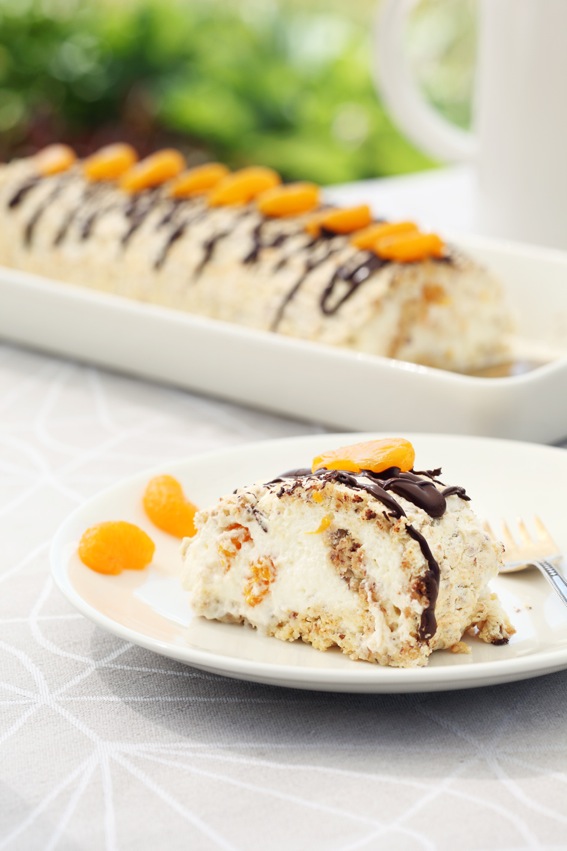Someone was looking for a "soft aubergine/eggplant spread with tomatoes" and I knew exactly what they were talking about. There's a dish in Russia, our Eastern neighbour, which is called IKRA or fake caviar. I got this recipe from Russian friend Galina back in Edinburgh sometimes around 2000. Still makes a regular appearance in our kitchen. It's lovely on a slice of toast, or as a condiment or spread on a mezze-table. Russian aubergine spread IKRA 1 large aubergine/eggplant 1 large onion 2 garlic cloves 2 tomatoes 1 Tbsp olive oil or vegetable oil 2 Tbsp white wine vinegar or lemon juice salt and freshly ground black pepper fresh parsley or dill Prick the aubergine with a fork here and there, then place into a preheated 200C/400F oven and bake for about 60 minutes, until fully cooked and slightly charred on the outside. Flip over once or twice during baking. Remove from the oven, let it cool. Then cul half lengthwise and scoop out the flesh. Place into a cutting b...

I am writing this post while sitting on a really comfortable bed in a brand new hotel in Helsinki, called Indigo Hotel. I'm in town for a long weekend to enjoy the Streat Helsinki street food festival. The press trip is organised and hosted by Visit Helsinki, and we have been taken very good care of. This morning Heather of Heather's Helsinki took us for a coffee and Budapest cake at Karl Fazer Café at Kluuvikatu 3. The cake in question was a Budapest slice.
It's a popular cake from Sweden, attributed to a pastry chef Ingvar Strid who was born in 1926 in Vetlanda. It's a hazelnut meringue roulade filled with whipped cream and peeled clementine slices. Delicious! The version popularised by Fazer in Finland is slightly different - the clementines/mandarine oranges are replaced with bananas and raspberries. Different - and sweeter - but still nice.
Here's my version of Budapestrulle - I make the classic Swedish version. The recipe below uses a popular and widely available Swedish product, Marsán snabb vaniljsås, but feel free to replace it with cornflour or potato starch or even all-purpose flour (in latter case it won't be gluten-free, of course).
Since 2013, May 1st has officially been the Budapestbakelsensdag in Sweden.
Budapest slice
(Besee-pähklirull)
Serves 8 to 10
Meringue:
4 large egg whites
100 g caster sugar
150 ml (about 90 g) vanilla custard powder
100 g toasted hazelnuts, finely chopped
Filling:
200 ml whipping cream
1 tsp caster sugar
300 g canned mandarine oranges/clementines, drained
Decoration:
50 g dark chocolate
some canned mangarine oranges/clementines
Heat the oven to 200 C. Grease and line a shallow Swiss roulade tin/baking tray with a parchment paper.
Using electric mizer, whisk the egg whites until stiff but not try. Add the sugar in 2-3 installments, continue whisking until the mix is shiny and white.
Combine the hazelnuts and vanilla custard powder, then gently fold into the meringue mixture. Spread the mixture into the prepared tin. Bake in the middle of pre-heated oven for 12-15 minutes, until the meringue is risen and slightly golden on edges.
Take out of the oven and cool completely. Then turn over onto a new piece of parchment paper and peel off the "baked" parchment paper.
For the filling, whisk the cream and sugar until thick and fluffy, then spread over the meringue. Put some mandarine slices aside for decoration, then scatter the rest over the cream. Roll up the roulade, starting with the long end, and using the paper underneath to help. Carefully lift onto a serving dish, leaving the "seam" underneath.
Melt the chocolate, drizzle over the meringue roulade. Garnish with mandarine orange slices. To serve, cut the cake into thick slices.
The photo above is by Juta Kübarsepp, taken for my cookbook "Nami-Nami. Maailma maitsed 1" (Varrak, 2013).
Commentaires
Enregistrer un commentaire